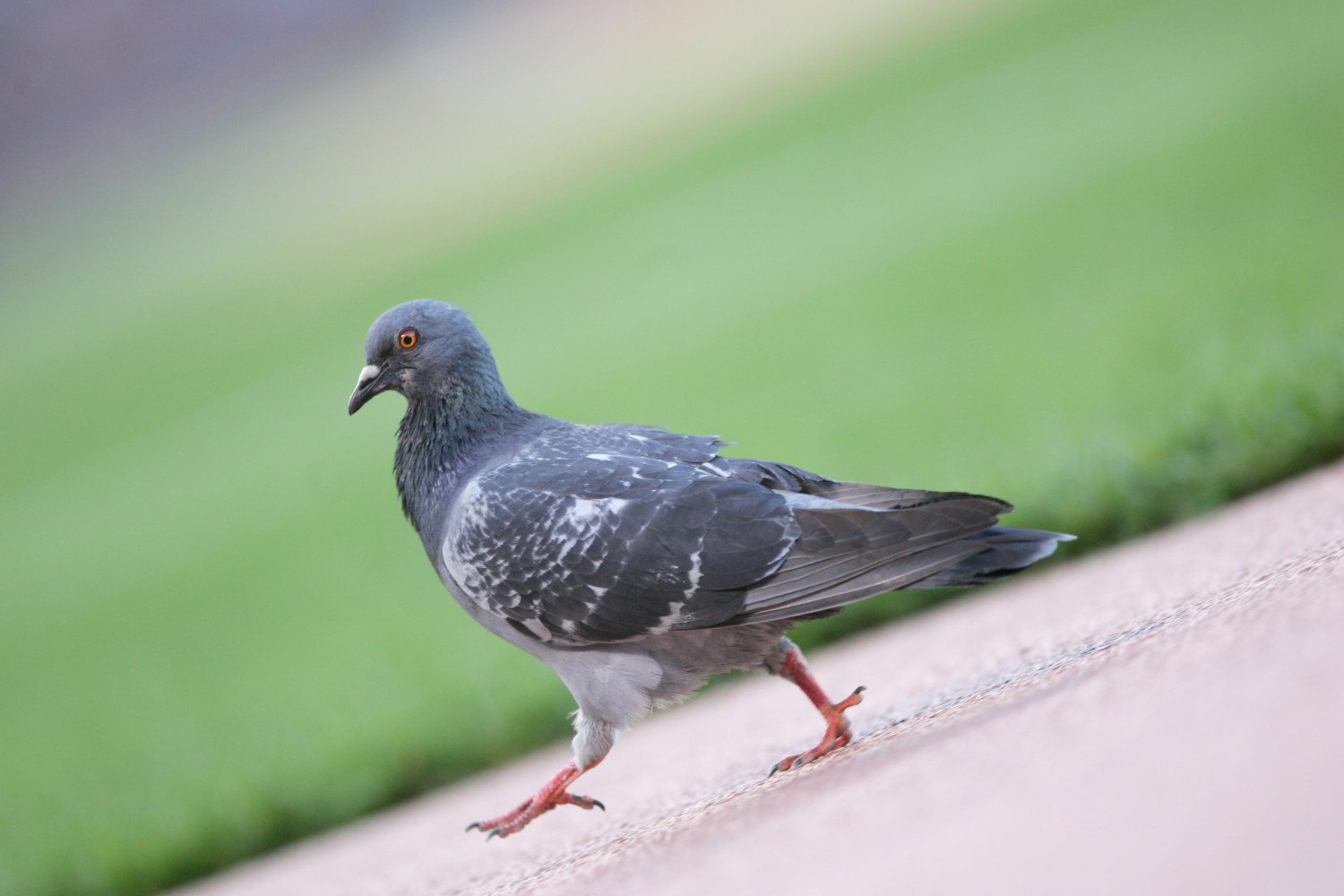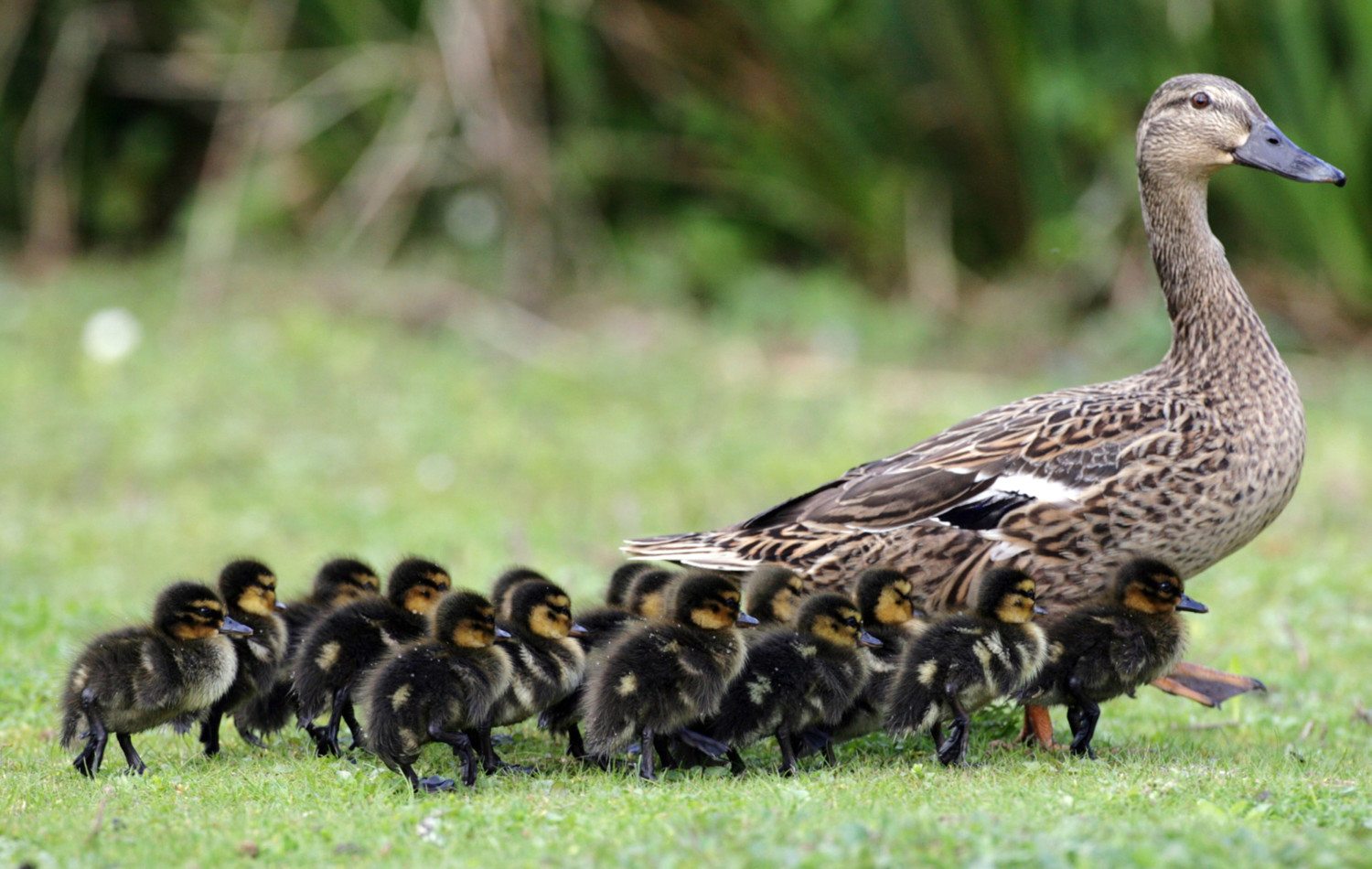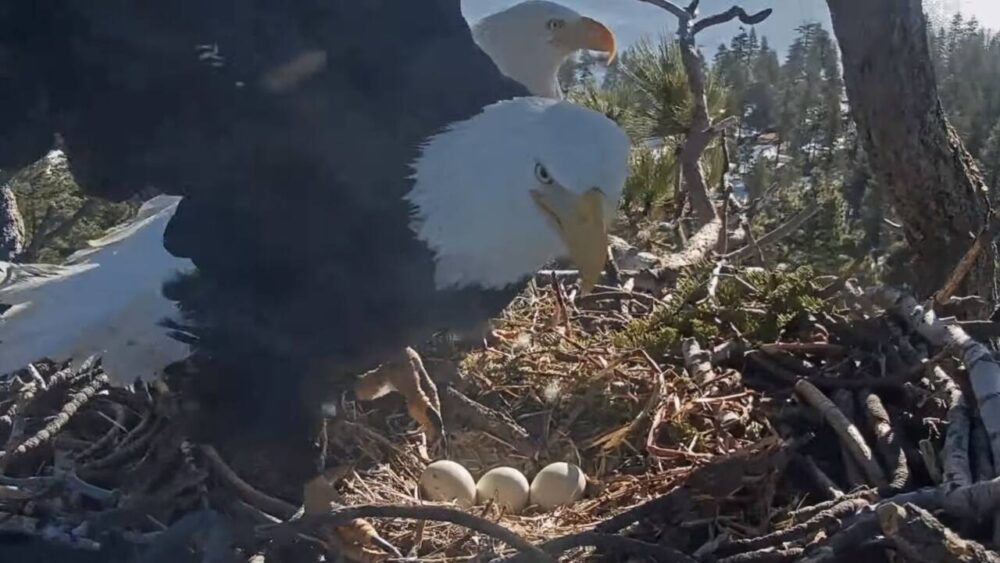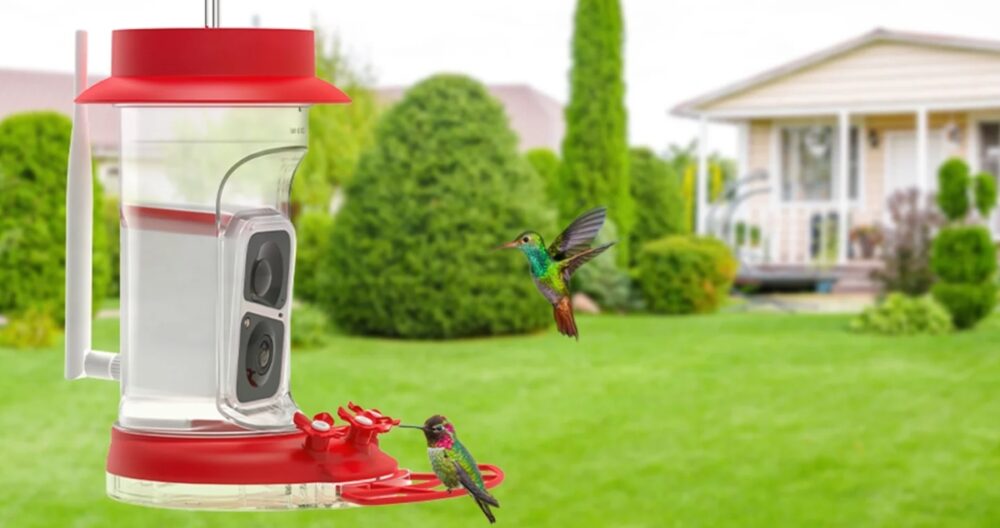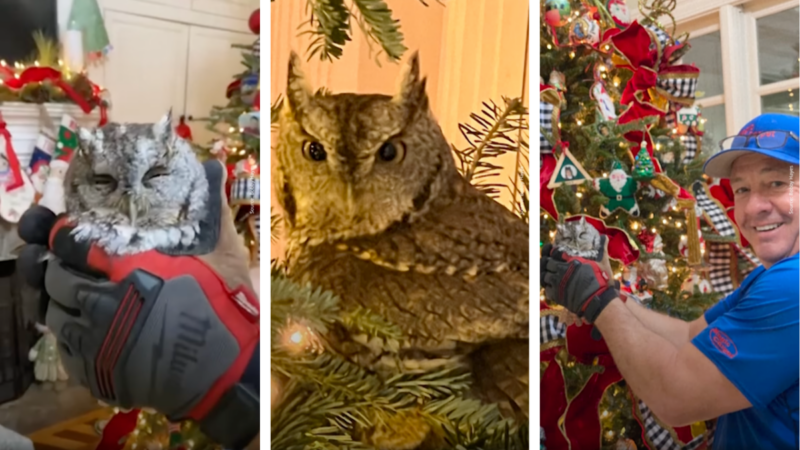This is why birds bob their heads when they walk
Have you ever noticed how birds bob their heads while they walk, pausing only to peck at food? Have you wondered why? Well, it’s time to find out. Because yes—there’s actually a scientific explanation behind it.
According to Wired, head bobbing allows pigeons to momentarily fixate their gaze on various objects, giving the photoreceptors in their eyes enough time—about 20 milliseconds—to build a complete picture of the world around them.
And while it often appears as though the birds are moving their heads back and forth, there’s actually no backward movement at all. The bob is actually an illusion, scientists discovered in an experiment. The birds are simply moving their heads, allowing their vision to stabilize so their bodies can catch up, and then they’re on the move again.
This happens so quickly, it appears as though they’re using a constant bobbing motion.
https://www.youtube.com/watch?v=_rAEyU3w7eY
So, Why Does This Happen In Some Bird Types And Not Others?
You’ll notice “head bobbing” in approximately eight of the 27 bird families. According to “Head-Bobbing Of Walking Birds” by Reinhold Necker, “It seems that relative stride length plays an important role because head excursions depend on this parameter and birds which take small steps do not bob. This speaks in favor of a bio-mechanical component to stabilize balance which is more necessary with long strides.”
Birds such as ducks, geese, etc. have shorter legs and a wider stance that make both swimming and seeing from the ground much easier, for example.
Another Fun Fact About Bird Vision
Another thing you may not know about a bird’s vision is that many birds see in ultraviolet light, which explains how birds such as hawks and eagles spot their prey. “I think the biggest thing to come from the discovery that birds see in the ultraviolet is our understanding of how some predatory birds find their prey,” Geoffrey Hill, an Auburn University ornithologist, told the National Wildlife Federation. “I always wondered how a bird of prey gets enough to eat. After all, you can walk through a grassy field 20 times and never see a mouse.”
Other Crazy Animal Phenomena Explained
Did you know that some dolphins can appear to be pink? While there are a species of pink dolphin, they can also appear pink due to albinism.
And did you know that white moose exist? They’re rare, but they’re out there. But rather than albinism being the cause behind their white coloring, it’s actually a genetic mutation called piebald, a recessive gene that causes it to grow white fur, sometimes with specks of brown.
You may never spot a pink dolphin or a white moose, but it is likely that you’ll come across a chicken, pigeon or other “head-bobbing” bird. And this time around, you’ll have a better understanding of what’s going on with that.


